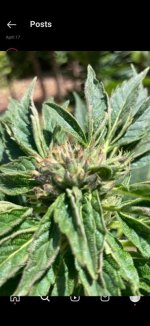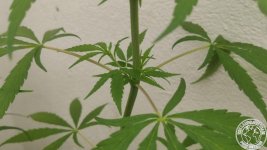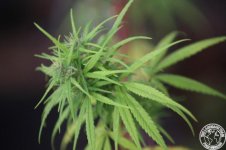Jozsibacsi32
New member
Hi, my plan is generating triploid seeds from normal diploid and generated tetraploid plants. Already I have a 4n seedling (DP Desfrán), I hope it will grow normally in the future 
Which method is the better: use STS on the 4n plant and pollinate a normal 2n female, or generate female pollen from the 2n plant and pollinate the 4n female? Or both ways are good? Any idea from practice or theoretically?
Which method is the better: use STS on the 4n plant and pollinate a normal 2n female, or generate female pollen from the 2n plant and pollinate the 4n female? Or both ways are good? Any idea from practice or theoretically?







